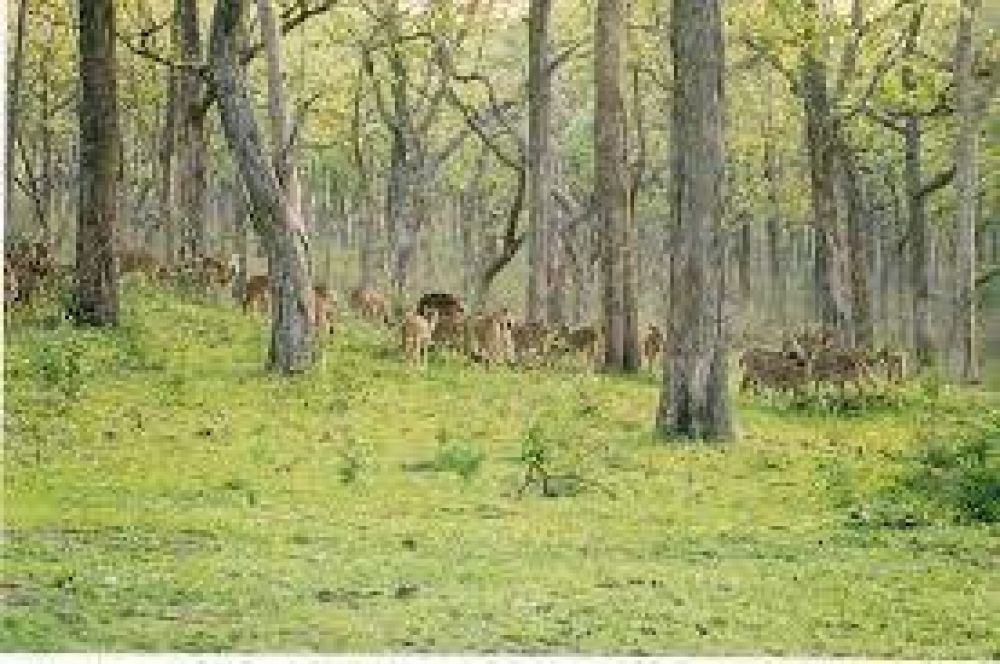

Saraswati Wildlife Sanctuary, also known as Seonsar Forest, is situated in Yamunanagar District of Haryana, India. Named after the mythical river Saraswati, the sanctuary is emerging as a promising site for nature enthusiasts, historians, and pilgrims alike. Despite its religious connotations, the sanctuary's history in tourism is relatively nascent, gaining attention only in the recent decades for its biodiversity and scenic landscapes.
The area around the Saraswati Wildlife Sanctuary has been historically significant, primarily due to its association with the ancient Saraswati River, which is believed to have flowed through this region. The sanctuary itself was officially recognized and came into existence as a protected area to conserve the flora and fauna found in this part of India.
In the past, the focus on tourism was minimal, and the sanctuary served more as a conservation site. However, over time, local authorities noticed the potential for ecotourism and began promoting it as a destination for wildlife enthusiasts and bird watchers. The sanctuary boasts a diverse range of species, including many that are endemic to the region.
In recent years, the government of Haryana along with various environmental organizations have taken steps to develop and promote tourism in the region. Emphasizing on sustainable practices, the aim has been to encourage visitors while ensuring minimal ecological impact.
Bird watching has become a significant draw for tourists, as the sanctuary is a haven for migratory birds during the winter months. The forest also offers opportunities for nature walks, wildlife photography, and educational excursions for students and researchers. Rural tourism also adds value, as visitors get an insight into the local culture and lifestyle.
Moreover, the sanctuary is gaining prominence for its potential link to ancient Indian heritage due to the Saraswati River connection. This has sparked interest among historians and archaeologists who are exploring the area for research and study purposes, thus opening a new dimension to the sanctuary's tourism aspect.
Plans for infrastructure development, including better accessibility and facilities, are in place to attract more tourists. Efforts are also being made to create awareness about the sanctuary's ecological significance and instill a sense of responsibility among visitors for conserving the natural habitat.
Community involvement is a key focus as the locals are being empowered through eco-tourism initiatives that provide employment opportunities and promote environmental stewardship. As the sanctuary further develops its tourism model, it is set to become a premier destination for those looking to explore India's rich biodiversity and cultural heritage.